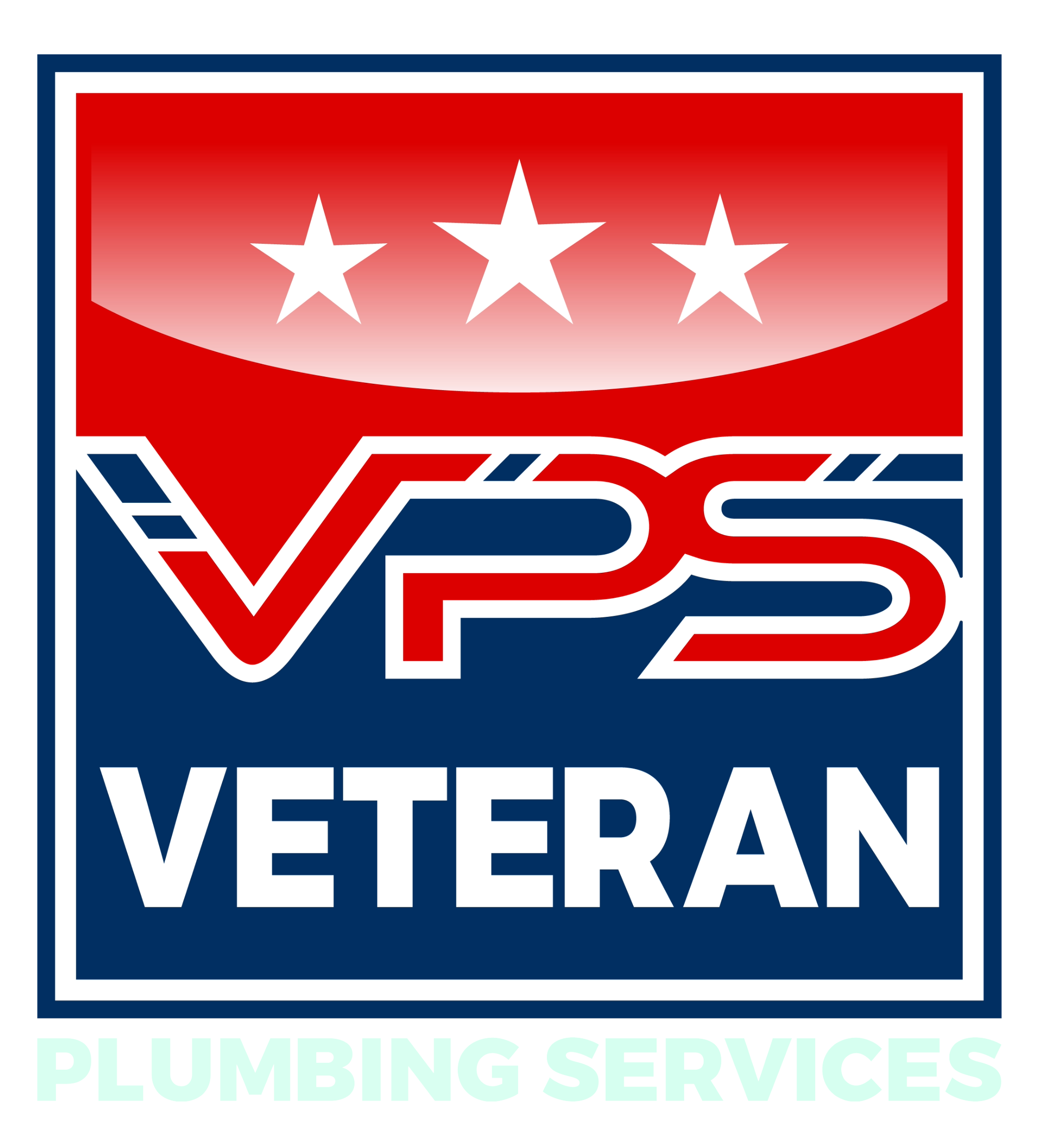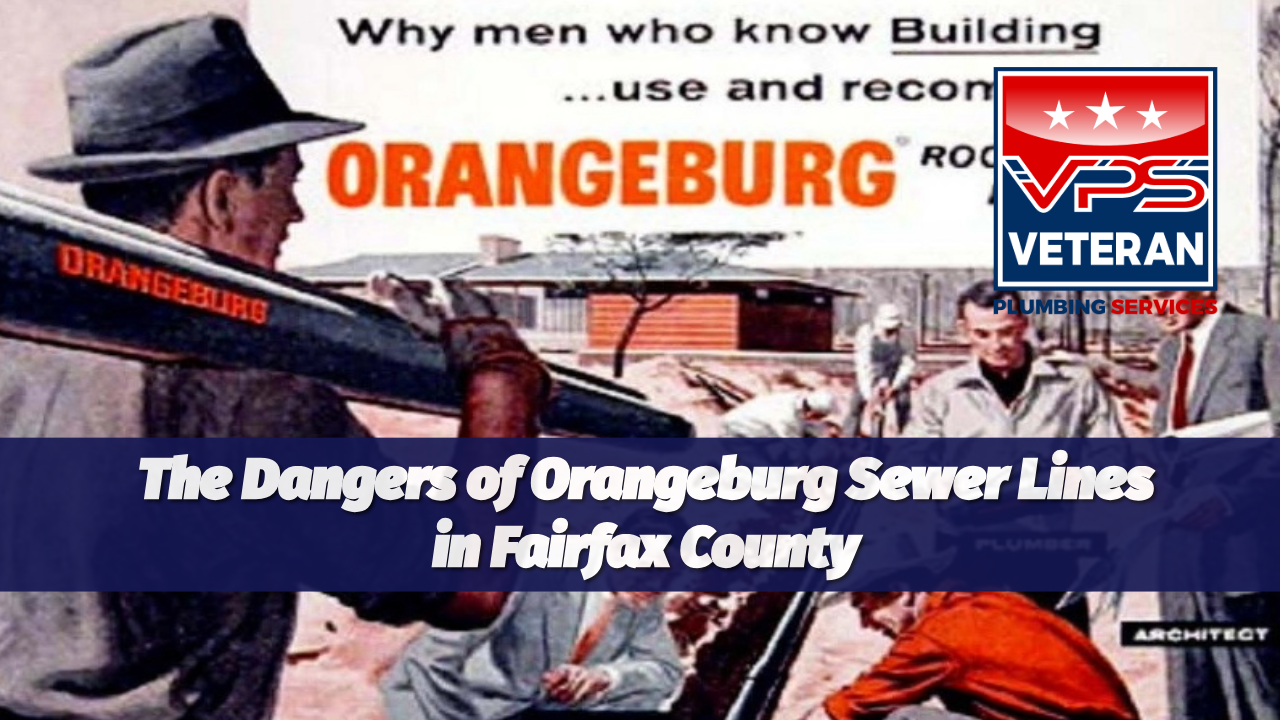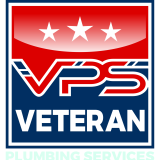AFFORDABLE PLUMBING FOR GREATER FAIRFAX, VASewer Line & Pipe Inspections
Is Your Home Facing Unseen Sewer or Pipe Issues?
Are you noticing slow drainage, recurring clogs, or unpleasant odors in your home?
Have you ever experienced gurgling sounds from your drains or sewage backing into your home?
These could be warning signs that your sewer lines or pipes are in serious trouble.
Ignoring these issues can lead to costly damage and even health hazards for you and your family.
So why take the risk?
The Hidden Dangers of Sewer and Pipe Problems
Do you have Orangeburg pipes or clogged or damaged sewer lines? These can cause more than just inconvenience.
Left unchecked, they can lead to severe water damage, foundation issues, and property contamination.
Foul smells and slow drains might seem like minor nuisances, but they are often signs of much more significant problems hidden beneath the surface.
If these problems go unresolved, they can escalate into full-blown emergencies, requiring costly repairs or even a total pipe replacement.
READ OUR MASTER GUIDE:The Dangers and Challenges of Orangeburg Sewer Lines in Fairfax County
Why Sewer & Pipe Inspections Matter
At Veteran Plumbing Services, we understand how critical it is to identify these problems early.
Our Sewer & Pipe Inspection Services comprehensively evaluate your plumbing system, ensuring that no issue—no matter how small—goes undetected.
With advanced technology like camera inspections, we can pinpoint the exact source of the problem and recommend the best action to resolve it.
SEWER LINE & PIPE INSPECTIONS FOR FAIRFAX, LOUDOUN, & PRINCE WILLIAM COUNTIESBenefits of Regular Sewer & Pipe Inspections
Frequently Asked Questions: Pipe & Sewer Line Inspections – Dennis from Veteran Plumbing Services, Inspecting Your Troubles!
Pipe & Sewer Line Inspections
Q1: Pipe inspection? Just looking at pipes? What’s the big deal, Dennis?
A: “Just looking at pipes? Kid, it’s like doctor checking your insides. Pipe inspection means seeing what you can’t see. Problems brewing inside pipes. Big deal for preventing bigger problems later.”
Q2: Sewer line inspection – same as pipe inspection, just for sewer?
A: “Sewer line, yeah, the big daddy drain. Sewer line inspection focuses specifically on your main sewer pipe. Most important drain in the house. Sewer issues = major house issues, trust me.”
Q3: Why even get a pipe inspection? Just wait till something breaks, right?
A: “Wait till it breaks? Like waiting for your car engine to seize before checking the oil? Reasons for pipe inspection. Preventative plumbing. Catch problems before they become floods or sewer backups. Smart homeowner move, not wait-and-pray move.”
Q4: Buying a house – should I get a pipe inspection THEN? Before I’m stuck with plumbing nightmares?
A: “Pipe inspection when buying a house. Smartest move you’ll make house-wise. Before you buy, inspect pipes, especially older homes. Hidden plumbing problems can become your expensive problems real quick. Negotiating power tool, pipe inspection is.”
Q5: Remodeling bathroom or kitchen – pipe inspection needed for that too?
A: “Pipe inspection during remodel. Good idea, yeah. Walls are open, access is easier. Check pipes before you close everything up. Find weak spots, old pipes, replace now while it’s easy, not later when walls are tiled and cabinets are in.”
Q6: What do they actually do during a pipe inspection? Just shine a flashlight at ‘em?
A: “Flashlight inspection? Rookie move. Pipe inspection methods. Camera inspection is the main deal now. Stick a waterproof camera down your pipes, see inside on a screen. Like pipe endoscopy, but less gross (usually).”
Q7: Camera inspection – is that just for sewer lines, or for regular water pipes too?
A: “Camera inspection for sewer lines and water pipes. Sewer lines most common for camera inspections – finding roots, breaks, clogs. Can camera inspect some water pipes too, especially larger diameter ones, but less common for typical house water lines.”
Q8: What can a pipe inspection camera actually see? Just clogs, or more serious stuff?
A: “Camera vision, better than Superman’s X-ray for pipes. What pipe camera sees. Clogs (grease, hair, roots), cracks, leaks, corrosion, pipe collapses, bellies (low spots), offsets (misaligned joints), blockages, even lost toys. Pipe camera is like plumbing detective, sees all the dirty secrets.”
Q9: How long does a pipe inspection take? Whole day pipe staring contest?
A: “All-day pipe stare-down? Nah. Pipe inspection duration. Usually 1-2 hours for typical house inspection. Sewer line inspection often quicker. Depends on house size and complexity. Plumbing efficiency, gotta love it.”
Q10: Do they have to dig up my yard for a sewer line inspection? Trench warfare in my lawn?
A: “Yard excavation for inspection? Trench warfare? Nope. Sewer line inspection access. Usually access sewer line through existing access points – sewer cleanout outside, or toilet flange inside. No digging (unless repairs are needed after inspection, maybe).”
Q11: What’s a “sewer cleanout”? Mysterious pipe thingy in my yard?
A: “Sewer cleanout, plumbing access hatch. Sewer cleanout explained. Usually a short, capped pipe sticking up (or near ground level) in your yard, near foundation. Access point to your sewer line. Plumbers use it to snake drains or run cameras into sewer line. Know where yours is, it’s important.”
Q12: How much does a pipe inspection cost? Is it gonna break the bank just to look at my pipes?
A: “Break the bank for looking at pipes? Pipe inspection cost. Varies. Sewer line camera inspection typically $200-$500 or a bit more. Whole-house pipe inspection more, depending on size and complexity. Cheaper than fixing a flooded basement or sewer backup later. Think of it as plumbing insurance.”
Q13: Can I DIY a pipe inspection? Stick my phone down the drain? Plumbing selfie stick?
A: “DIY pipe inspection? Phone down the drain? Plumbing selfie stick? Bless your heart. DIY pipe inspection. Technically possible with cheap drain cameras on Amazon. Realistically, not recommended. Pro plumbers have specialized cameras, training to interpret images, and know what they’re looking for. Leave pipe detective work to the pros, kid.”
Q14: What kind of report do I get after a pipe inspection? Plumbing essay?
A: “Plumbing essay? Nah, plumber speak, hopefully understandable. Pipe inspection report. Video footage of inspection (often). Written report summarizing findings, problems found, recommendations for repairs or maintenance. Plumber will explain it to you in human words too, not just pipe jargon.”
Q15: If they find problems in a pipe inspection, are they obligated to fix it right then and there? Inspection ambush repair?
A: “Inspection ambush repair? Nope, not how it works. Pipe inspection and repairs. Inspection is just inspection. They find problems, tell you what they found, recommend repairs. You decide if and when to do repairs. No pressure, unless your pipes are about to burst, then maybe a little pressure to fix it ASAP.”
Q16: What’s “trenchless sewer line repair”? Plumber magic, no digging?
A: “Trenchless magic, almost! Trenchless sewer line repair. Less digging than traditional sewer replacement. Pipe bursting (break old pipe, pull new one through) or pipe lining (insert liner inside old pipe). Less yard damage, often faster, but can be pricier than traditional digging in some cases. Worth considering if yard damage is a big concern.”
Q17: Traditional sewer line replacement – is it always a giant yard-destroying mess?
A: “Yard-destroying sewer chaos? Traditional sewer line replacement. Yeah, involves digging a trench, replacing the whole sewer pipe. Can be messy, yard disruption. But sometimes necessary, especially for badly collapsed or old pipe. Plumbers try to minimize yard damage, but some digging is unavoidable.”
Q18: How long do sewer lines typically last? Do they just rust away underground eventually?
A: “Sewer line lifespan – buried treasure or buried trouble? Sewer line lifespan. Depends on material. Cast iron/clay: 50-100 years maybe, but prone to rust/cracking/roots. PVC: 50-100+ years, more root-resistant, less corrosion. Lifespan depends on soil conditions, tree roots, what you flush down there. Nothing lasts forever underground, kid.”
Q19: What are common problems found in pipe inspections, besides clogs? Plumbing scary movie reel?
A: “Plumbing scary movie reel? Coming right up. Common pipe inspection findings. Tree root intrusion, pipe cracks/breaks, corrosion/rust, pipe bellies (low spots trapping waste), pipe offsets (misaligned joints), collapses, grease buildup, deterioration from age. Plumbing isn’t always pretty, that’s for sure.”
Q20: Are pipe inspections covered by homeowners insurance? Preventative plumbing insurance perk?
A: “Insurance covering prevention? Wishful thinking! Homeowners insurance and pipe inspections. Usually no, insurance doesn’t cover routine pipe inspections. Might cover camera inspection if you already have a sewer backup or plumbing problem and inspection is needed to diagnose that specific problem for a claim. But not just for preventative checks, usually.”
Q21: What if they find a minor problem in a pipe inspection? Do I have to fix it right now, even if it’s not urgent?
A: “Minor problem, major pressure to fix? Nope. Pipe inspection findings urgency. Minor issues, like early stages of corrosion or small root intrusion, might not need immediate repair. Plumber will advise on urgency. Major problems, like active leaks, pipe collapses, major root blockages – fix those ASAP. Plumbing triage, gotta prioritize.”
Q22: Can pipe inspections detect leaks behind walls or under slabs? Hidden leak hunter tech?
A: “Hidden leak hunter tech? Sort of, not perfectly. Pipe inspection for hidden leaks. Camera inspection can sometimes detect leaks if the leak is significant enough to be visible inside the pipe as water intrusion or damage. But… for pinhole leaks behind walls, camera inspection might not be sensitive enough. Other leak detection methods needed for those (pressure testing, moisture meters, thermal cameras).”
Q23: What’s “hydrostatic testing”? Another plumbing test I need to know about?
A: “Hydrostatic testing, pressure plumbing exam. Hydrostatic testing explained. For sewer lines. Plug all openings in sewer system, then fill sewer line with water and see if water level drops. Water level drop = leak somewhere in sewer line. Good for testing integrity of sewer line, finding leaks without camera (sometimes used before camera inspection).”
Q24: How often should I get pipe inspections? Annual plumbing checkup?
A: “Annual plumbing physical? Frequency of pipe inspections. No need for routine annual pipe inspections for most homes, unless you have known plumbing issues or older pipes. Good to get a sewer line inspection every few years, especially if you have mature trees near sewer lines, or older clay/cast iron pipes. Pipe inspection is more problem-driven or pre-purchase driven, not necessarily annual maintenance for everyone.”
Q25: Okay, Dennis, bottom line… are pipe inspections worth it? Or just another way for plumbers to find problems where there aren’t any? Cynical question, I know…
A: “Cynical question, I expect nothing less! Value of pipe inspections. Look, kid, pipe inspections are worth it when you need ‘em. Buying a house? Remodeling? Recurring plumbing problems? Yes, pipe inspection is invaluable. For healthy, newer plumbing in a stable house, maybe not routine, but still good to consider sewer line check every few years, especially if you got trees. Pipe inspections don’t create problems, they reveal existing problems before they become disasters. It’s about informed decisions, not plumbing paranoia. We’d rather prevent a flood than clean one up any day, trust me. And fewer late-night emergency calls for Dennis? That’s always a win-win.”
Servicing Fairfax, Loudoun, and Prince William CountiesDon't Hesitate, Get your Pipes Inspected Now!
Veteran Plumbing Services proudly serves Fairfax, Loudoun, and Prince William Counties, providing expert plumbing solutions for local homeowners. Our experienced, licensed plumbers are dedicated to ensuring that your home’s sewer and pipe systems are in top condition.
Act Now Before Minor Issues Turn Into Major Problems
Don’t wait for a clogged drain to become a flooded basement or a damaged pipe to ruin your foundation.
Contact Veteran Plumbing Services today to schedule your comprehensive sewer and pipe inspection.
Let us help you avoid costly repairs, safeguard your property, and ensure your home’s plumbing system runs smoothly.
Contact us now and protect your home from the unseen dangers of faulty sewer lines and pipes.
VETERAN PLUMBERS NEAR YOUPlumbing Service Areas
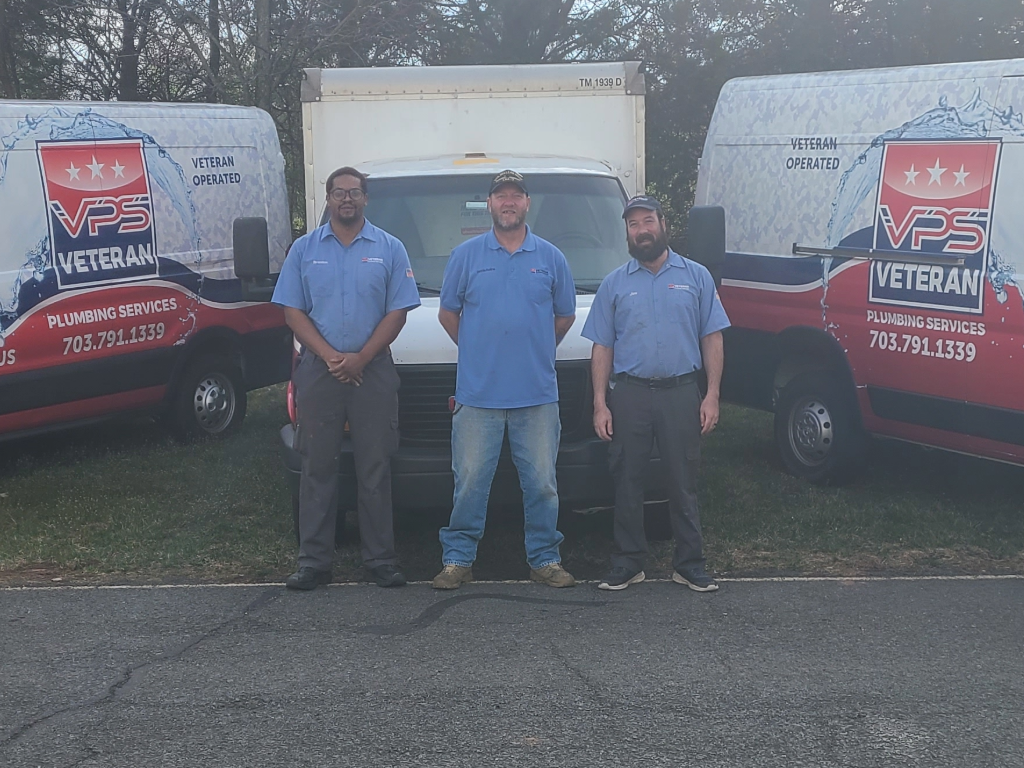
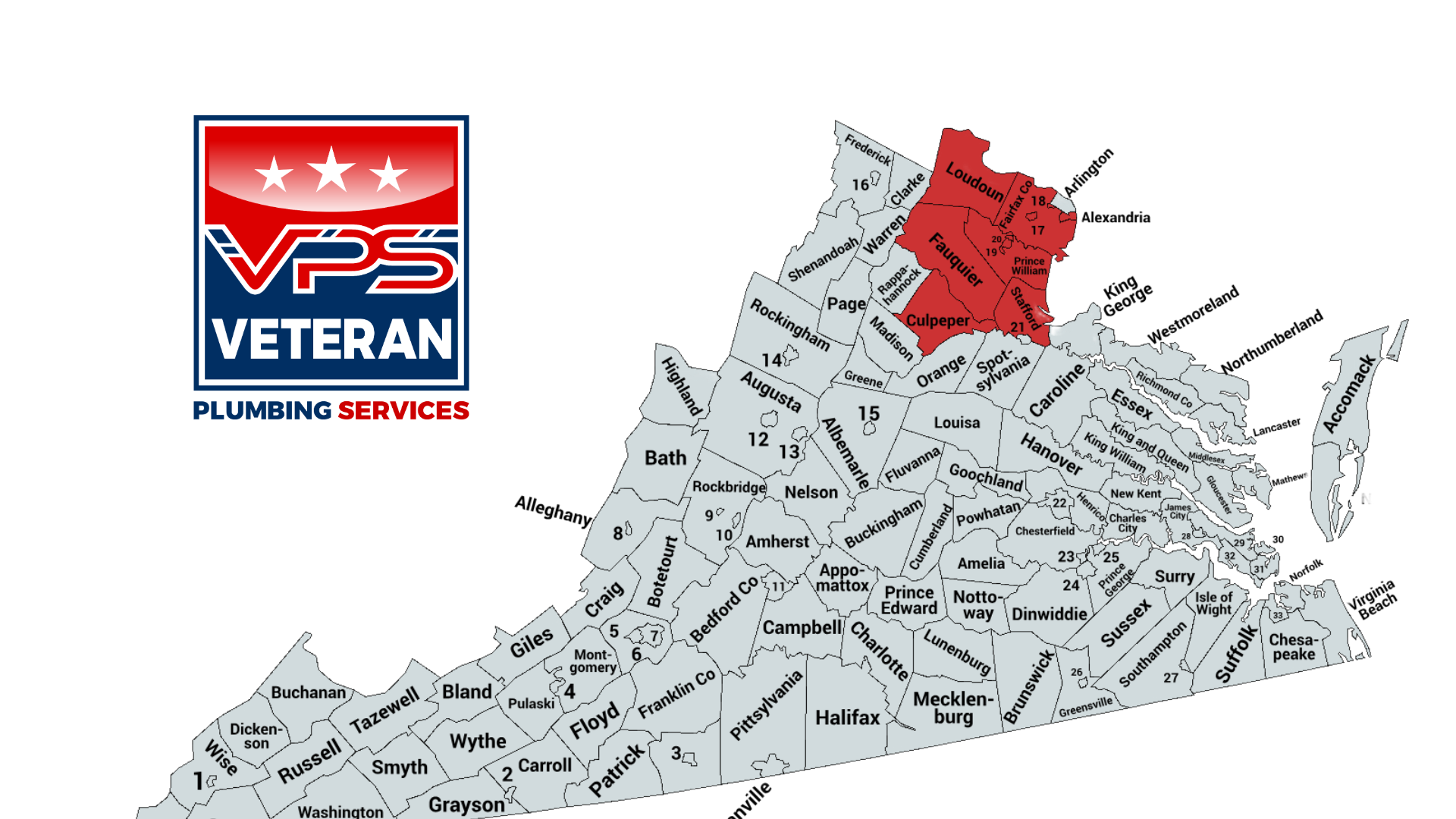
Fairfax County, VA
If you’re in Fairfax County, VA, here’s a list of all the towns and cities we proudly serve:
Loudoun County, VA
We’re ready to serve you if you’re in Loudoun County, VA. Here are all the towns and cities we proudly cover:
- Aldie
- Ashburn
- Bluemont
- Chantilly
- Dulles
- Hamilton
- Hillsboro
- Leesburg
- Lincoln
- Lovettsville
- Lucketts
- Middleburg
- Paeonian Springs
- Philomont
- Purcellville
- Round Hill
- South Riding
- Sterling
- Waterford
Need plumbing help in any of these areas? Veteran Plumbing Services is here to help!
Prince William County, VA
If you’re in Prince William County, VA, we’re ready to serve you. Here are all the towns and cities we proudly cover:
- Bristow
- Catharpin
- Dale City
- Dumfries
- Gainesville
- Haymarket
- Manassas
- Manassas Park
- Nokesville
- Quantico
- Triangle
- Woodbridge
Need plumbing help in any of these areas? Veteran Plumbing Services has you covered!
